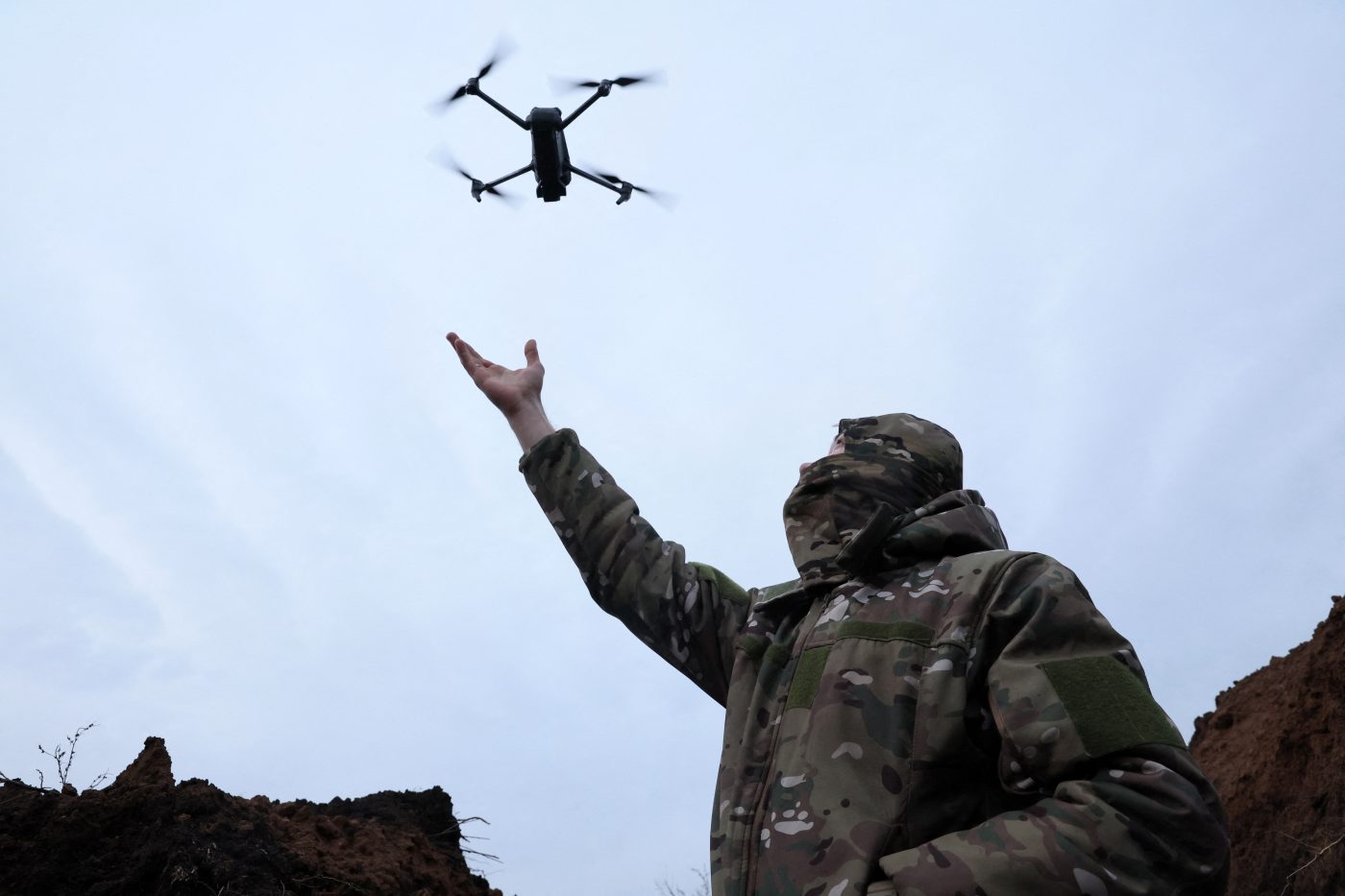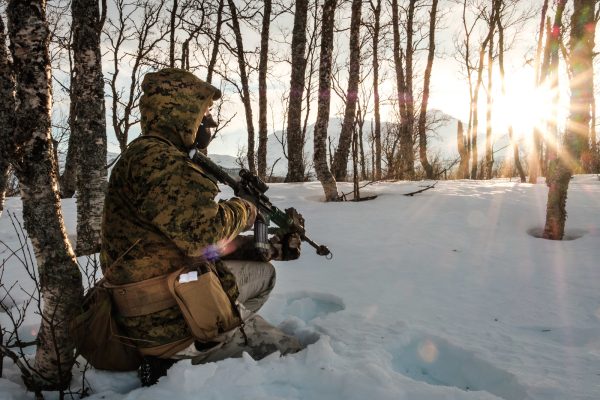Not a single war goes by without commentators and pundits proclaiming that conflict has now changed forever. The latest outbreak is something different. It heralds a new style of warfare. We must reshape how we conduct the business of warfighting.
Often, these are observations stemming from a recognition of new technologies on the battlefield. Humans stopped throwing rocks and moved onto spears. The invention of torpedo-armed submarines created the need for new thinking about shipping. Ditto aircraft, satellites, and now drones: all have made their mark.
These changes can be highly significant — witness the almost-complete destruction of Armenian tank brigades by Azeri drones in their 2020 war over Nagorno-Karabakh. Sometimes, these new technologies burst into public and media consciousness, taking everyone by surprise except military insiders and thinkers. Arguments are made, new funds are allocated, and militaries adapt as fast as they can. It’s probably safe to say that Armenia will not consider any new conflict before it has acquired better anti-drone defenses, for example.
But sometimes, creeping changes in a broad area of scientific fundamentally change the ways in which we deliver force. So it is with miniaturization.
In the 20th century — a century of total, industrially mobilized war— there was a marked progression in military technology towards bigger, more powerful weapons and platforms. In this regard, the century began in 1906 when the Royal Navy launched HMS Dreadnought. Bigger, faster, and with heavier armaments than any other ship on the world’s oceans, it cost £1.8m (£250m, or $304m, in today’s money.) Dreadnoughts, the class of ship that took their name from the first, were eventually replaced by aircraft carriers.
The largest and most expensive carriers at the end of the century — the US Navy’s — cost an eye-watering $6bn each, and that price tag expanded hugely when the non-optional aircraft were added.
The same was true in the air. A Sopwith Camel — the iconic British biplane credited with more air-to-air kills than any other in World War I — cost around £1,800 in 1916 (£200,000 today, or about $243,000.) At the turn of the next century, J-35 Joint Strike Fighters cost around $73m each. It is true in almost every domain of war: from tanks to planes, to ships, and even nuclear weapons; the 20th century was one of bigger and more expensive when it came to military equipment.
This process was driven by multiple arms races. Our enemies have more powerful ships; therefore, we need more powerful ships. And this has meant that only a very small number of states were able to afford the very best of military technology.
Now the reverse is happening.
If the 20th century was the industrial century, the 21st is the computing century. Microchips are becoming much smaller, much faster, and much cheaper. Software is replacing hardware as the main focus of innovation. Real-life problems (like how to detect cancer, fold proteins, or regulate traffic in cities) are starting to be solved by algorithms (artificial intelligence.) And finally, all of these individual bits of technology are being networked so they can talk to each other.
This is having profound effects on military technology, how governments think about generating future capabilities, and who has access to them.
Firstly, the big 20th-century systems look very vulnerable to attacks from multiple, cheap, small unmanned systems. Imagine an aircraft carrier beset by a swarm of micro suicide drones, some in the air, some underwater, all networked together with distributed hive processing, so that the drone swarm itself reacts to the aircraft carrier’s countermeasures by reshaping as the engagement unfolds. All this at a cost of one hundredth or one-thousandth of the carrier’s cost.
Secondly, the entire defense industry is modeled to provide big, expensive systems to governments that take years or decades to procure, build, and commission. Now, however, a start-up can code the software that creates an underwater drone swarm, buy the processors commercially, and get it to market in a couple of years. It’s not clear whether the defense industry — and the generals and admirals who grew up in an era of big systems — are responding to these changes fast enough. What’s more certain is a significant reordering of defense industries of the world over the next decade.
Lastly, the miniaturization of force leads to the democratization of force. Cheaper, smaller, commercially available technologies mean that fewer wealthy countries, as well as a plethora of non-state actors, can once again get into the big league. US forces in Syria, for instance, are regularly attacked with tiny suicide drones, and the Ukrainians are buying quadcopters from Amazon and modifying them to drop bombs on Russian forces.
This, more than anything else, will change how and who we fight in the coming wars.
Mike Martin is a Senior War Studies Fellow at King’s College London, and the author of the forthcoming ‘How to Fight a War’ (March 2023, Hurst Publishers).
Europe’s Edge is CEPA’s online journal covering critical topics on the foreign policy docket across Europe and North America. All opinions are those of the author and do not necessarily represent the position or views of the institutions they represent or the Center for European Policy Analysis.





